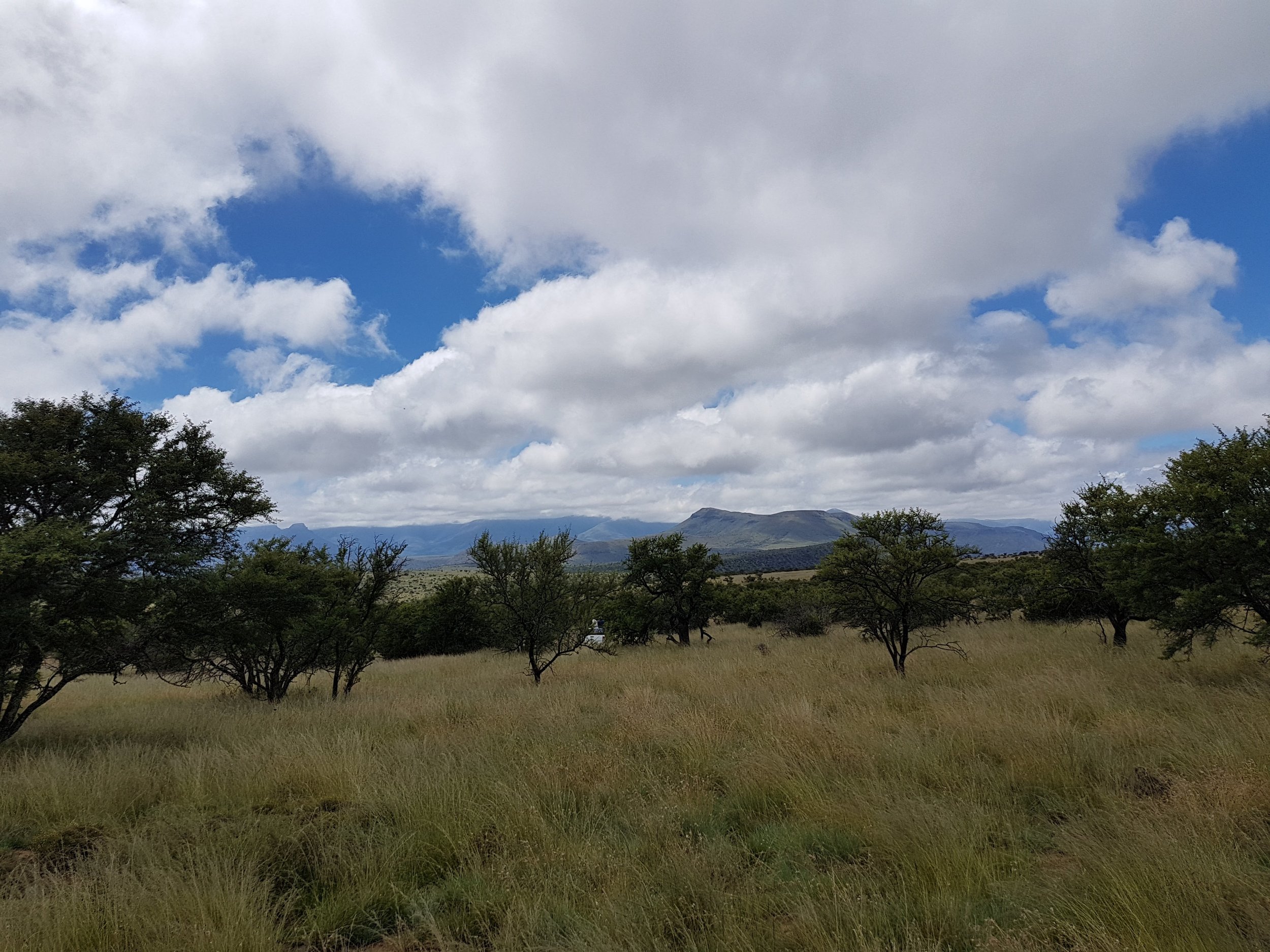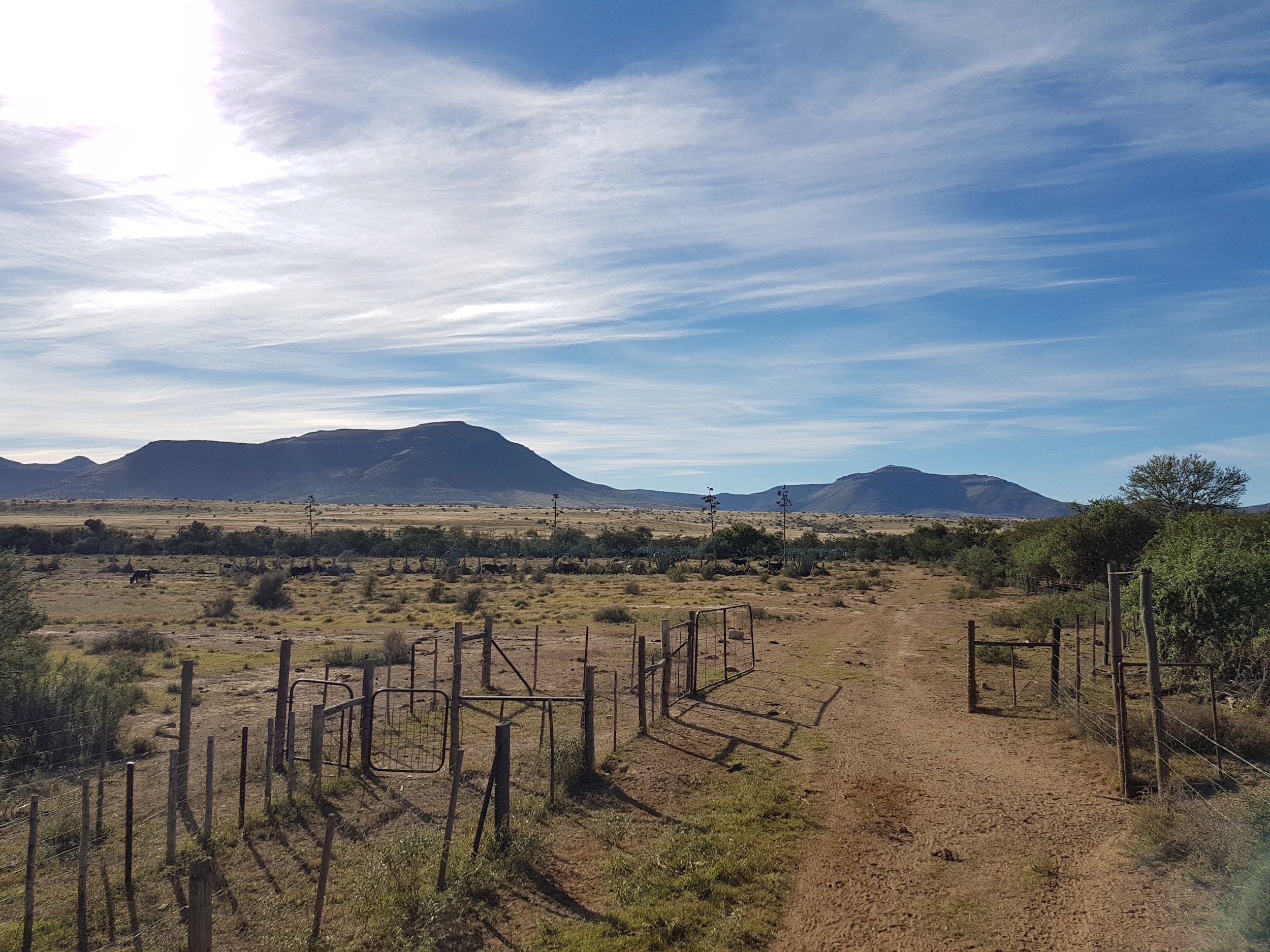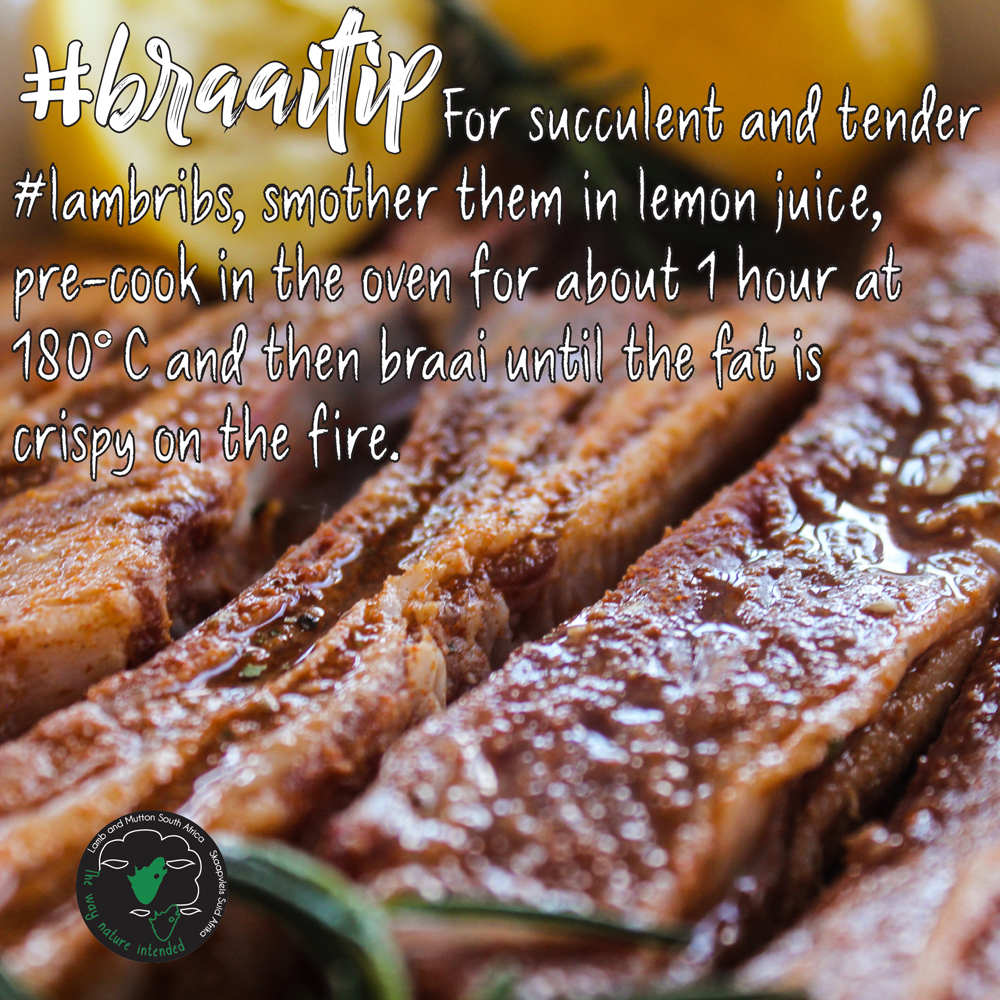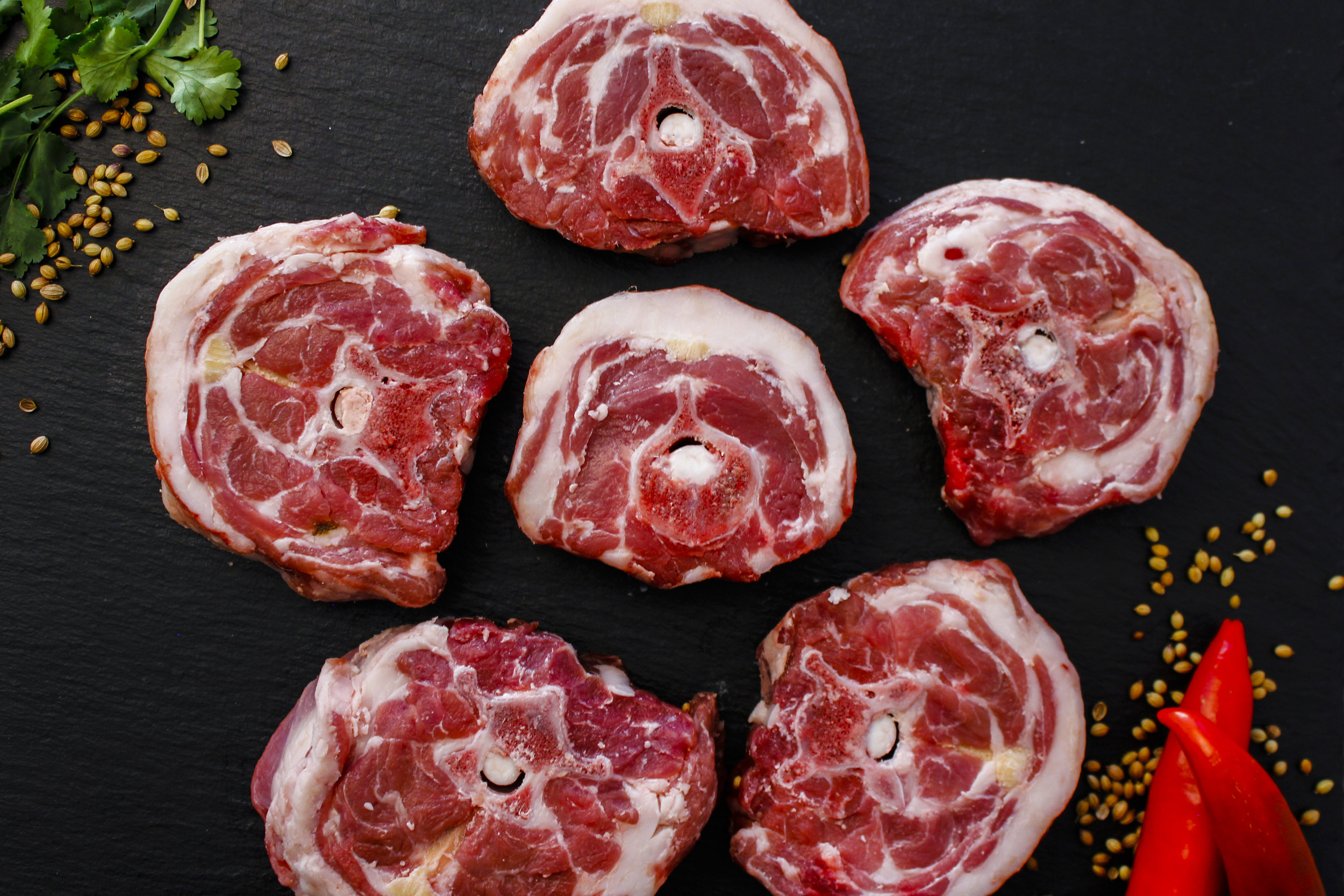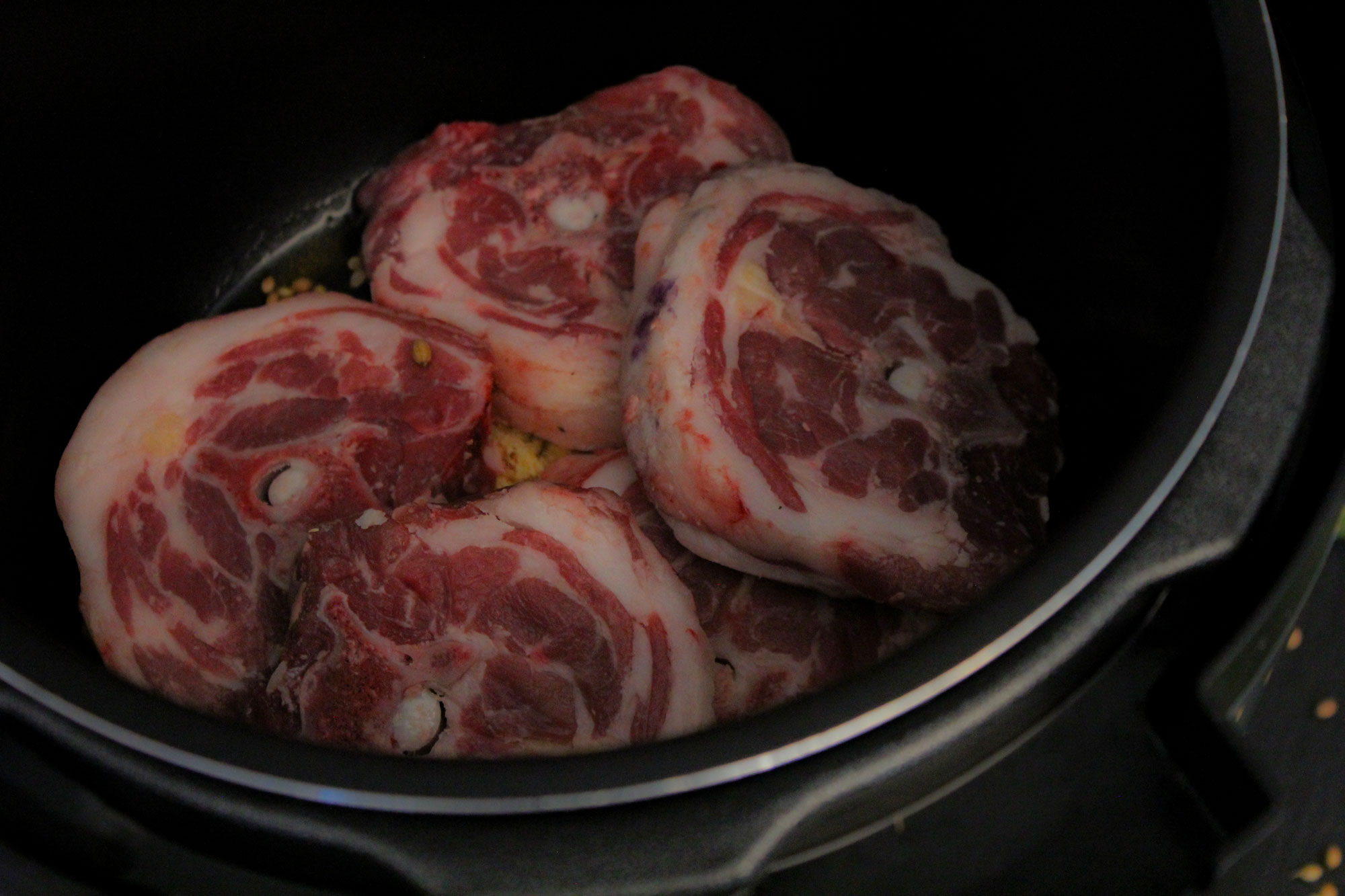Lessons learnt at the International Meat Secretariat Marketing Workshop 2019: Part 1.
By Marina Bester for Lamb and Mutton SA
The International Meat Secretariat hosted a workshop for the International Meat Marketing group in Canada this past March to further develop the powerful body of institutional knowledge within the red meat marketing circles to facilitate discussions around current challenges and solutions within the global meat narrative.
Although South Africa has a very diverse population with a complex set of issues, that cannot currently be compared to the developing world’s, some of the challenges faced by the global meat arena, might just be images of the distant future reflecting in a crystal ball. As little as 3 years ago one of the hottest global topics at the International Meat Secretariat’s meetings in Uruguay was “Meatless Mondays”. Fast forward to 2019 and we are faced with “meatless everyday”. Food products and propaganda, to replace meat, are on the rise. Meat alternatives, or rather better described as “meat imitations” are becoming a bigger and bigger threat to meat industries in developed countries such as the USA, Canada and Australia. The meat alternatives industry has gone as far as branding their products as “motherless meat”. Meat alternatives marketing leader, “The Impossible Group” have minced their way into some of our favourite meat-containing foods like hamburgers. They acknowledge the fact that meat is a large part of what they call “magical moments” in life but that it should not be to the detriment of animals and the environment. The Impossible Group understands something about the most important current purchasing motivators which includes millennial’s’ great need to feel relevant. The underlining message that The Impossible group communicates is that by consuming their products you are doing your part to save the planet. Their current cash cow product (excuse the ironic pun), is “The Impossible burger”, a hamburger with a patty that looks, feels, smells and taste like a beef patty. On their website they state that, by eating an Impossible Burger instead of a beef burger, you can save “75 squares of land, half a bathtub of water and 18 miles of emissions in a car”. They are changing the language the current meat narrative is written in and they are getting influential figures to join in the conversation. Leonardo Di Caprio is an ambassador for the Impossible group and the The Canadian Beef marketing team demonstrated to the IMS meat marketing group, tongue in the check, what they do vegans in Canada by showing the scene from the Oscar winning movie, The Revenant where Di Caprio’s character is being mauled by a bear in a forest in Alberta…
All jokes aside, the meat alternatives industry is here to stay. Guest speaker, Anne Lacey, an international consumer market analyst from Antedote Inc. suggested that the current meat industry should look at the “meat alternative” industry as an opportunity for meat product companies to gain a bigger market share, in a new industry. She explained they found that, in the United States, there are two significant groups who purchases products like “The Impossible burger”. The first one being consumers who are curious to try it but with no intention to cut out meat on their entirely, and secondly consumers who have been established vegetarians or vegans even before all these meat imitations appeared on the market. Getting involved in this market will thus mean “gaining” these consumers buying power back, and getting a bigger cut of consumer’s expenditure in the protein foods category. She discussed how the dairy industry is a good example of a traditional food industry that had to rethink their significance in the millennial world. Almond milk, Coconut milk, Rice milk, cashew milk, only to name a few, has made their way into coffee cups and breakfast cereals in many developed countries. It is obvious that the dairy industry had to adapt to change and expand, or risk losing market share to dairy alternatives. In fact, one of the dairy market leaders, Danone now owns the milk alternatives brand “Silk”.
So where does South Africa stand in terms of meat substitutes consumption? A recent study done by Ask Africa to inform Lamb and Mutton SA’s consumer education activities (not conducted for publishing purposes) revealed that almost all higher income consumers in South Africa consumes some form of meat on a daily, weekly or at least monthly basis, which indicates meat has not been removed from their plates entirely. However this does not mean the South African meat industry is out of the woods, this merely means that we can believe consumers are not apposed to consuming animal protein. This still leaves the risk of a rise in “Flexitarians”, people who reduce their animal protein consumption in order to reduce their environmental footprint without completely sacrificing their balanced diet. But what will happen if The Impossible burger hits South Africa and starts competing for the meat industry’s market share offering the big millennial consumer force an opportunity to contribute to saving the planet? Are we building a strong enough case for Beef, Lamb, Chicken, Pork and Fish to keep South Africans loyal? At Lamb and Mutton SA we believe that we should continue to build strong awareness based on knowledge on the importance of red meat in nutrition, in a language the consumer will understand and, on a platform that the consumers see as credible and reliable. Key messages, some of our own and some identified by die IMS nutrition group as well as the marketing group, we want to make common knowledge amongst consumers are:
- A balanced diet is the best diet. The South African Food Based Dietary Guidelines recommends that fish, chicken, lean meat and eggs can be eaten daily and that dry beans, lentils, split peas and soya can be consumed regularly.
- A little goes a long way when it comes to fresh South African lamb due to its nutrient density
- Lamb is not the enemy, being overweight is the enemy thus meat (and all other foods) should be consumed in the correct portion sizes
- South African lamb is safe and of good quality because we have excellent role players throughout the entire value chain.
- The entire lamb carcass can be used from tip to tail to make a variety of delicious dishes that fits in your skill set, budget, healthy eating habits and culture.
Keep up with what Lamb and Mutton SA is doing for consumer education by following them on Instagram “@cooking_with_lamb”, Facebook “Healthy Meat- by Lamb and Mutton SA”. Visit their website www.cookingwithlamb.com


